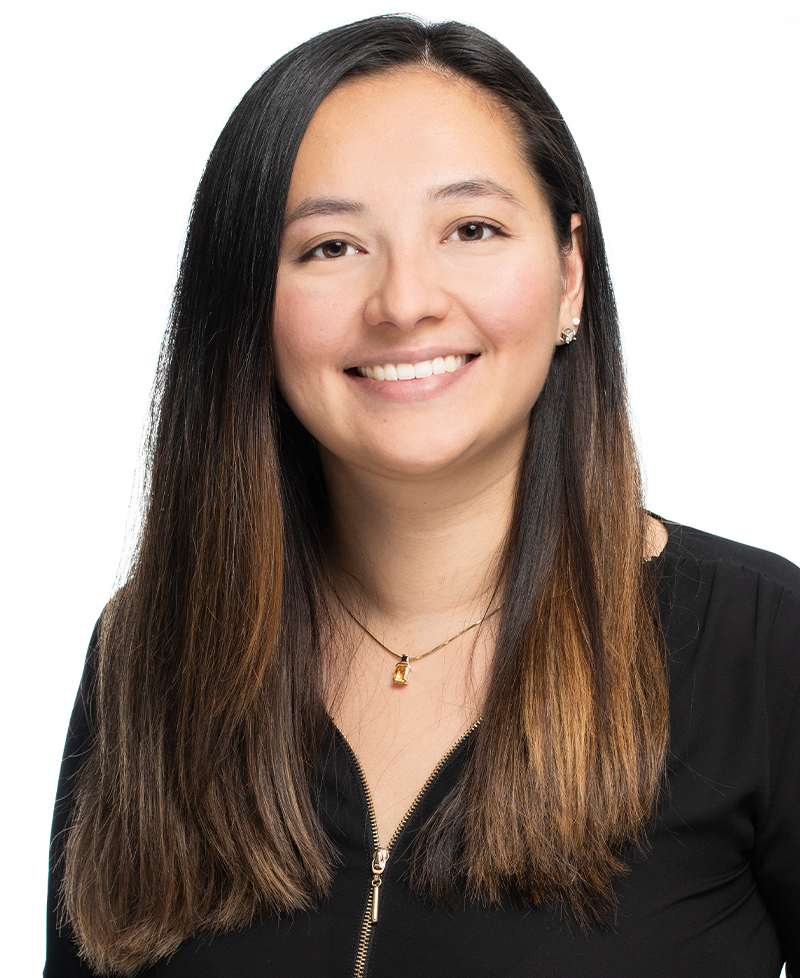Lumbar stenosis is a narrowing of openings in the spine that nerves travel through. Stenosis increases pressure on the nerves that descend through the back.
What is Lumbar Stenosis?
There are 2 types of stenosis: (1) lateral stenosis and (2) central stenosis. Lateral stenosis occurs when the nerves are compressed along the lateral (sides) of the spinal canal. Central stenosis ensues when the nerves are compressed at the centre of the spinal canal.
What causes lumbar stenosis? What are common symptoms of lumbar stenosis?
Lumbar stenosis commonly arises when an individual has arthritic changes in the spine. Swelling and bone spurs (bone growth) can develop decreasing the space in the spinal canal which can compress the respective nerves. Your chance of developing lumbar stenosis increases as you age.
Common symptoms include:
- Back pain
- Numbness, tingling, cramping, or weakness in the legs
- Loss of foot sensation
- Radiating pain down the leg
- Lateral stenosis: lateral (side) bend makes its worse
- Central stenosis: bending backwards makes it worse
How can Physiotherapy help lumbar stenosis?
To help treat your lumbar stenosis, your Strive physiotherapist will conduct a thorough examination assessing your posture, lower back mobility, and your core and lower extremity strength. Based on this information, you will be given a tailored exercise program to help strengthen your core and lower back, as well as loosen your hips and spine. Your Strive physiotherapist will implement a variety of hands-on techniques such as massage, passive stretches, lumbar traction, and lower back mobilizations and/or manipulations to reduce discomfort. They may also perform acupuncture and/or dry needling to help with pain control.
How can massage therapy help lumbar stenosis?
Massage therapy can be used to treat both the direct and indirect causes of lumbar stenosis. Your Strive massage therapist will decrease tightness in the muscles around the back, hips, and pelvis. They will perform muscle and fascial release to address postural compensations in the lower back and pelvis that are contributing to your pain.
How can Sports Medicine/Physiatry help lumbar stenosis?
Your Strive physiatrist and sports medicine physicians can perform specialized tasks to help your situation. They can order images for your lower back (ex. Xray, MRI, ultrasound) to determine if any underlying issues are present such as osteoarthritis. They can also perform specialized injections such as cortisone to help reduce pain and inflammation. They can further prescribe medications both orally and topically corresponding to your needs.
How can Physiotherapy help lumbar stenosis?
To help treat your lumbar stenosis, your Strive physiotherapist will conduct a thorough examination assessing your posture, lower back mobility, and your core and lower extremity strength. Based on this information, you will be given a tailored exercise program to help strengthen your core and lower back, as well as loosen your hips and spine. Your Strive physiotherapist will implement a variety of hands-on techniques such as massage, passive stretches, lumbar traction, and lower back mobilizations and/or manipulations to reduce discomfort. They may also perform acupuncture and/or dry needling to help with pain control.
How can massage therapy help lumbar stenosis?
Massage therapy can be used to treat both the direct and indirect causes of lumbar stenosis. Your Strive massage therapist will decrease tightness in the muscles around the back, hips, and pelvis. They will perform muscle and fascial release to address postural compensations in the lower back and pelvis that are contributing to your pain.
How can Sports Medicine/Physiatry help lumbar stenosis?
Your Strive physiatrist and sports medicine physicians can perform specialized tasks to help your situation. They can order images for your lower back (ex. Xray, MRI, ultrasound) to determine if any underlying issues are present such as osteoarthritis. They can also perform specialized injections such as cortisone and platelet-rich plasma (PRP) to help reduce pain and inflammation. They can further prescribe medications both orally and topically corresponding to your needs.
Self-Care Strategies
What are the best exercises to help with my lumbar stenosis?
To get started in treating your lumbar stenosis, check out our lumbar stenosis home exercise program. Please keep in mind that these exercises were designed as a starting point for improving your symptoms. These exercises should not be performed if they cause or increase discomfort.
Exercise includes:
- Knee to chest
- Childs pose stretch
- Glute bridge
- Hip flexion with core activation
How long does it take to recover?
The duration of recovery will vary depending on your level of pain and lower back stiffness. Starting treatment earlier decreases your length of treatment. Nevertheless, one can recover within 3-5 months.
What can I do to treat my lumbar stenosis at home?
One part of symptom management is avoiding movements that aggravate your symptoms. Activity modifications that can help decrease your discomfort can include leaning slightly forward when walking and sitting, and avoiding extending your back when standing. You can apply ice for 10-15 minutes on your lumbar spine to alleviate flare ups. Applying heat before physical activity can help improve blood flow and relax soft tissue.

This content was created by Jared Dolman-Smith in 2021 as part of the requirements for the Guleph-Humber Kinesiology student placement Legacy Project assignment.
Strive is dedicated to empowering people through education and proud to support multidisciplinary health professional education.

This content was created by Jared Dolman-Smith as part of the requirements for the Guleph-Humber Kinesiology student placement Legacy Project assignment.
Strive is dedicated to empowering people through education and proud to support multidisciplinary health professional education.

Grace Underwood
HBComp (Honours), MSc in Computing, MScPT
Registered Physiotherapist
Grace completed her Master of Science in Physical Therapy at the University of Toronto. Before physiotherapy school she obtained a Bachelor of Computing with a specialization in biomedical applications and a Master of Science in Computing from Queen’s University. During her Physiotherapy education, Grace enjoyed clinical internships in amputee rehabilitation, paediatric neurosurgical rehabilitation, lung transplant rehabilitation, and several out-patient clinics working with patients following joint replacement and fracture, patients with Long COVID, and WSIB patients.


